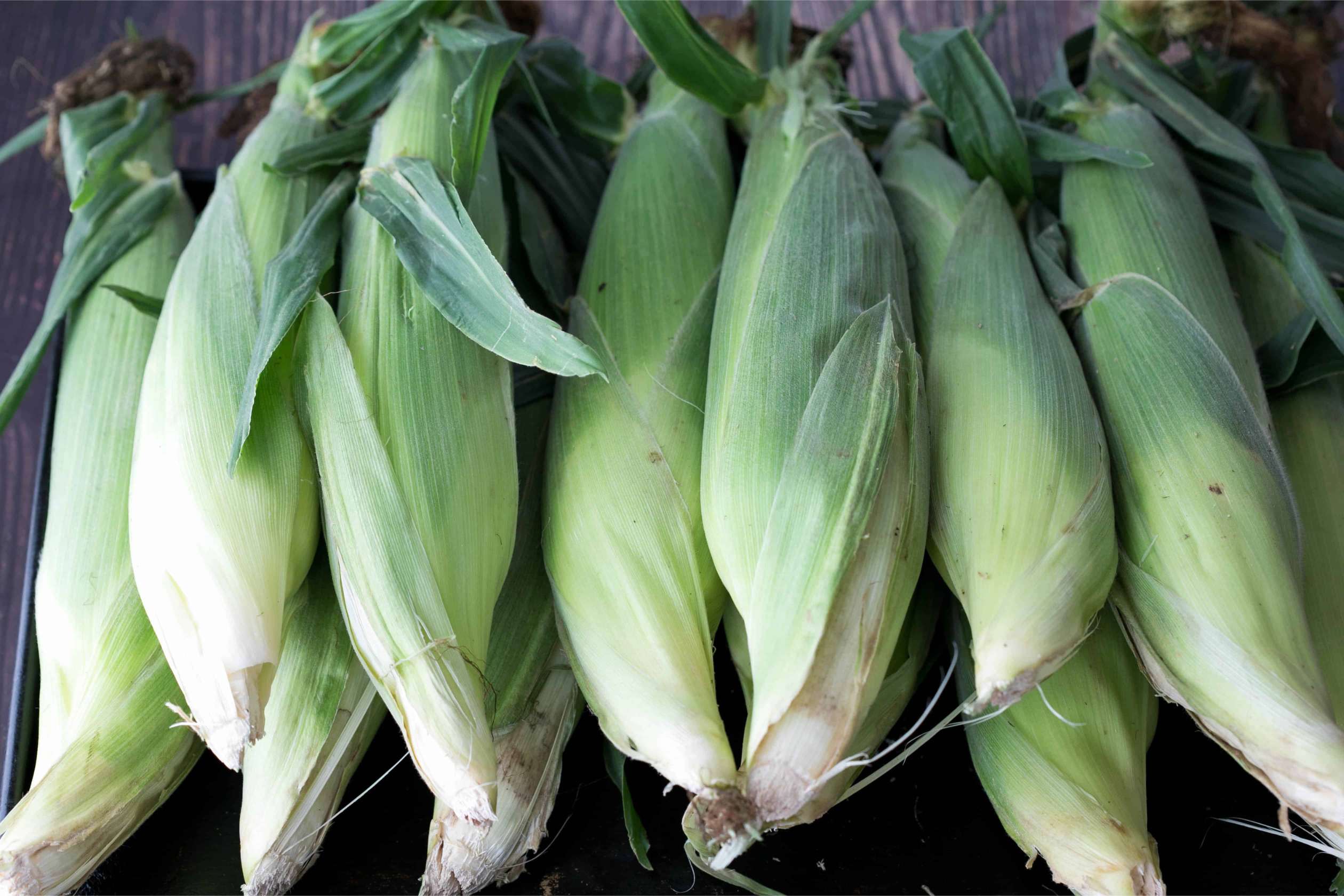

Articles
How To Store Unshucked Corn
Modified: December 7, 2023
Looking for articles on how to store unshucked corn? Find tips and tricks to keep your corn fresh for longer with our helpful guide.
(Many of the links in this article redirect to a specific reviewed product. Your purchase of these products through affiliate links helps to generate commission for Storables.com, at no extra cost. Learn more)
Introduction
When it comes to enjoying the sweet and delicious flavors of fresh corn, there’s nothing quite like the experience of shucking it yourself. Unshucked corn not only maintains its freshness and flavor but also allows for versatile cooking options. Whether you plan on grilling, boiling, or roasting, keeping your corn unshucked until you’re ready to cook it is a great way to ensure the best taste and texture.
However, storing unshucked corn requires a bit of care to maintain its quality for as long as possible. In this article, we will guide you through the steps to properly store unshucked corn, ensuring that you can enjoy its sweet, crisp goodness whenever you’re ready to prepare it. Let’s dive in!
Key Takeaways:
- Enjoy the peak sweetness and crunch of fresh corn by storing unshucked ears in a cool, dry place away from other produce. Use within a few days for the best flavor and texture.
- Keep unshucked corn fresh and flavorful by choosing the freshest ears, keeping the husks intact, and storing in a cool, dry location. Embrace the natural goodness of this versatile vegetable.
Read more: How To Store Unshucked Corn On The Cob
Step 1: Choose fresh unshucked corn
The first step to storing unshucked corn starts with selecting the freshest ears possible. When choosing corn at the grocery store or farmers market, look for ears that have bright green and tightly wrapped husks. Avoid any ears with dry or brown husks, as this may indicate that the corn is past its prime.
In addition to examining the husks, give the corn a gentle squeeze. The kernels should feel plump and firm, indicating that they are fresh and juicy. If the kernels feel soft or there are any signs of shriveling, it’s best to choose a different ear. Remember, freshness is key when it comes to enjoying the best-tasting corn.
If possible, try to buy corn that has been recently harvested. This ensures that the corn is at its peak freshness and flavor. Local farmers markets are a great place to find freshly harvested corn, so consider supporting local growers and enjoying the freshest produce available in your area.
Step 2: Keep the husks intact
Once you have chosen your fresh unshucked corn, it’s important to keep the husks intact to preserve the corn’s moisture and protect it from drying out. The husks act as a natural barrier and help to maintain the corn’s freshness.
Avoid removing or peeling back the husks until you are ready to cook the corn. The husks serve as a protective layer that helps to keep the corn from drying out and losing its flavor. Removing the husks too early can result in dry and tough kernels.
If there are any loose or damaged husks, gently trim them off with a knife or scissors. However, be careful not to remove too many layers, as the husks provide insulation and help to keep the corn moist.
It’s also recommended to leave the silks on the corn. The silks are the fine, hair-like strands that protrude from the top of the ear. While they may be slightly inconvenient when eating, they actually help to trap moisture and prevent the corn from drying out.
Keeping the husks intact until you’re ready to use the corn is a simple yet effective way to maintain its freshness and ensure a more flavorful and tender corn on the cob experience.
Step 3: Store in a cool and dry place
To ensure the longevity of your unshucked corn, it’s important to store it in a cool and dry place. Excessive heat and moisture can cause the corn to spoil quickly, so choosing an appropriate storage location is crucial.
Find a cool spot in your pantry, garage, or basement where the temperature is around 50°F to 60°F (10°C to 15°C). Avoid storing the corn near appliances or areas that generate heat, as it can accelerate the ripening process and lead to spoilage. Ideally, the storage area should have good air circulation to prevent condensation and mold growth.
It’s also essential to keep the corn in a dry environment. Moisture can promote the growth of bacteria and fungi, which can cause the corn to rot. Ensure that the storage area is free from any dampness, leaks, or excess humidity. You can place the corn on a dry tray or wrapped in a clean kitchen towel to absorb any moisture.
Avoid storing the corn in the refrigerator, as the cold temperatures can convert the corn’s natural sugars into starch, leading to a loss of flavor and sweetness. However, if you live in a hot and humid climate where temperatures rise above 85°F (29°C), it may be necessary to refrigerate the corn to extend its shelf life. In such cases, place the corn in a perforated plastic bag to allow for proper airflow and prevent moisture buildup.
Remember to regularly check the corn for any signs of spoilage, such as mold, discoloration, or a strong foul odor. If you notice any of these signs, discard the affected ears and consume the remaining ones as soon as possible.
By storing your unshucked corn in a cool and dry place, you can enjoy its fresh and vibrant taste for an extended period, ensuring that every bite is a delightful experience.
Store unshucked corn in the refrigerator, wrapped in a damp paper towel and placed in a plastic bag. This will help keep the corn fresh and prevent it from drying out.
Step 4: Store away from other produce
When storing unshucked corn, it’s crucial to keep it separate from other produce items. Corn produces ethylene gas, a natural hormone that promotes ripening. If stored in close proximity to ethylene-sensitive produce, such as fruits and vegetables, the corn can cause them to ripen and spoil more quickly.
To prevent cross-contamination, store your unshucked corn away from other fruits and vegetables. If possible, allocate a separate space or container specifically for corn. This will help maintain the freshness and quality of both the corn and other produce items.
If you have limited storage space, consider wrapping each ear of corn individually in a paper towel or storing them in perforated plastic bags. This will provide an extra layer of protection and minimize the release of ethylene gas onto other produce items.
Remember to check your other produce regularly for signs of overripening or spoilage. If you notice any fruits or vegetables starting to ripen faster than usual, it may be a sign of ethylene exposure. Remove and consume those items promptly to prevent them from spoiling further.
By storing your unshucked corn separately from other produce, you can ensure that each item stays fresh and maintains its quality for an extended period.
Read more: How To Store Unshucked Oysters
Step 5: Use within a few days
While unshucked corn can maintain its freshness for a reasonable amount of time, it’s best to use it within a few days to ensure the best taste and quality. The natural sugars in corn start to convert into starch after harvest, resulting in a gradual loss of sweetness and flavor over time.
After a few days, the corn may become less tender and the kernels less juicy. To fully enjoy the natural sweetness and crispness of the corn, it’s recommended to consume it as soon as possible after purchasing or harvesting.
If you find yourself with leftover unshucked corn that you aren’t able to use within a few days, you can still enjoy it by preserving its flavor through alternative cooking methods. Consider blanching or boiling the corn and then freezing it to extend its shelf life. This way, you can savor the taste of fresh corn even when it’s out of season.
When it’s time to cook the corn, simply remove the husks and silks, and proceed with your preferred cooking method – whether it’s grilling, boiling, roasting, or steaming. Remember to season the corn with your favorite spices or toppings for added flavor.
By using your unshucked corn within a few days, you can experience the peak flavors and textures that make fresh corn so enjoyable. Embrace the opportunity to savor the natural goodness of this versatile vegetable.
Conclusion
Storing unshucked corn properly is essential to maintain its freshness and flavor for as long as possible. By following these steps, you can enjoy the delightful taste of fresh corn whenever you’re ready to cook it.
Start by selecting the freshest unshucked corn with bright green and tightly wrapped husks. Keep the husks intact until you’re ready to cook the corn, as they act as a natural barrier to preserve moisture and flavor. Store the corn in a cool and dry place, away from other produce items, to prevent spoilage and maintain its crispness.
Remember to use the corn within a few days to enjoy the maximum sweetness and tenderness. If you have leftovers, consider blanching and freezing the corn to extend its shelf life and continue to relish its flavors even when fresh corn is not readily available.
So, the next time you bring home some unshucked corn, follow these steps to store it properly and make the most of its delicious taste. Whether you’re grilling corn on the cob, making a hearty chowder, or trying out a creative corn salsa recipe, you’ll be able to enjoy the natural sweetness and crunch that only fresh, properly stored corn can offer.
Get ready to savor the summertime delight of unshucked corn, and enjoy the simple pleasure of this versatile and beloved vegetable.
Frequently Asked Questions about How To Store Unshucked Corn
Was this page helpful?
At Storables.com, we guarantee accurate and reliable information. Our content, validated by Expert Board Contributors, is crafted following stringent Editorial Policies. We're committed to providing you with well-researched, expert-backed insights for all your informational needs.
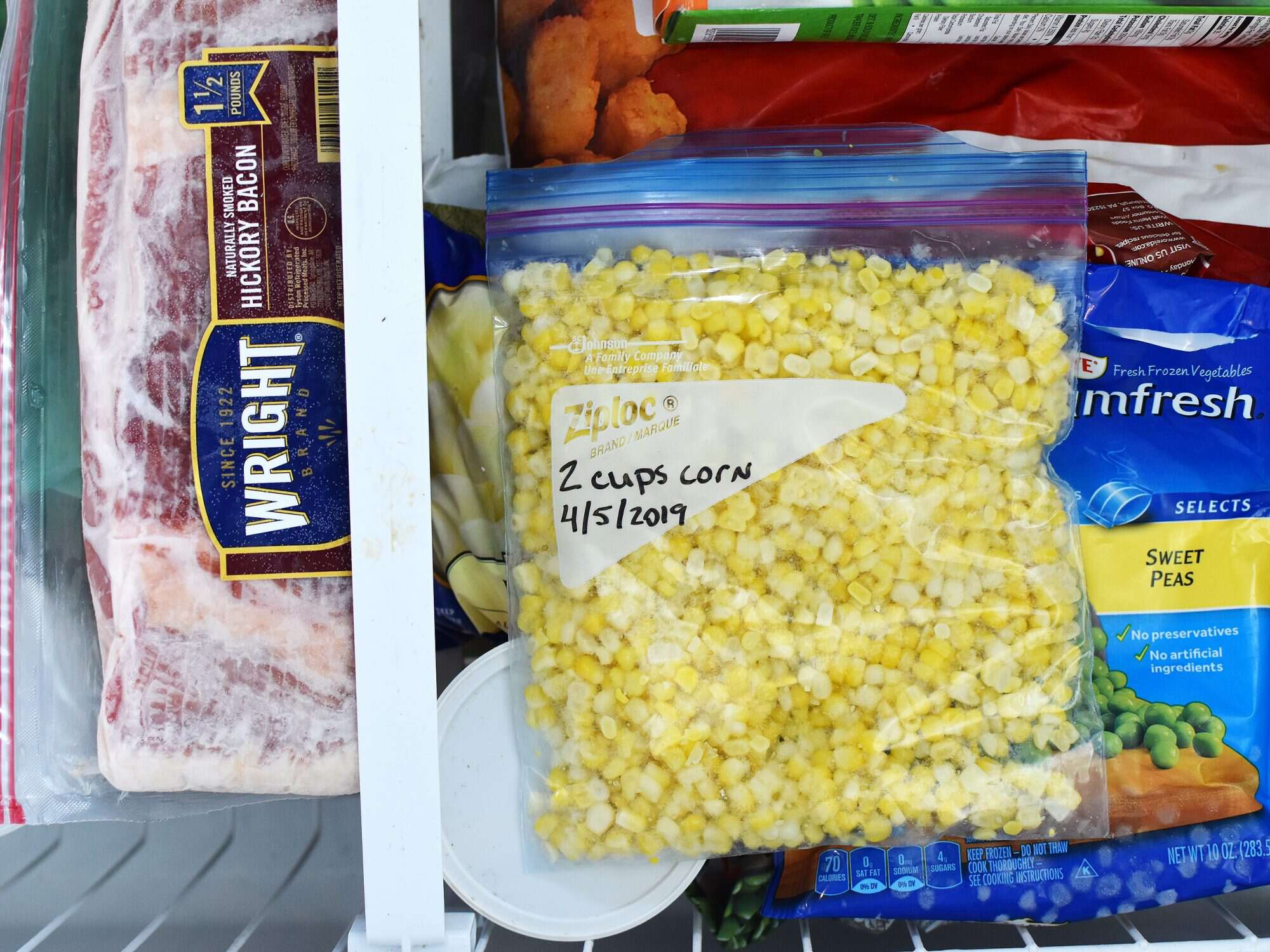
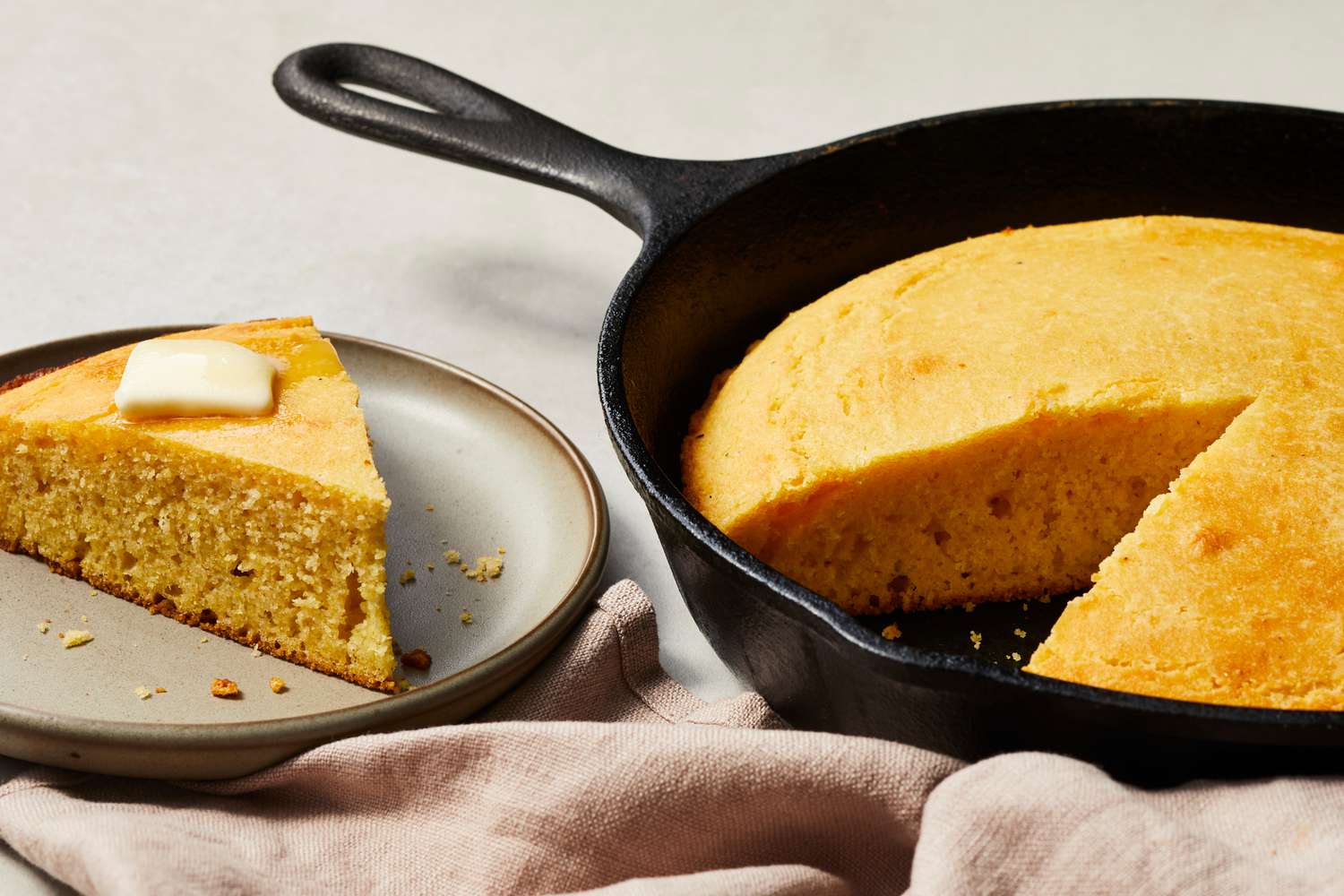
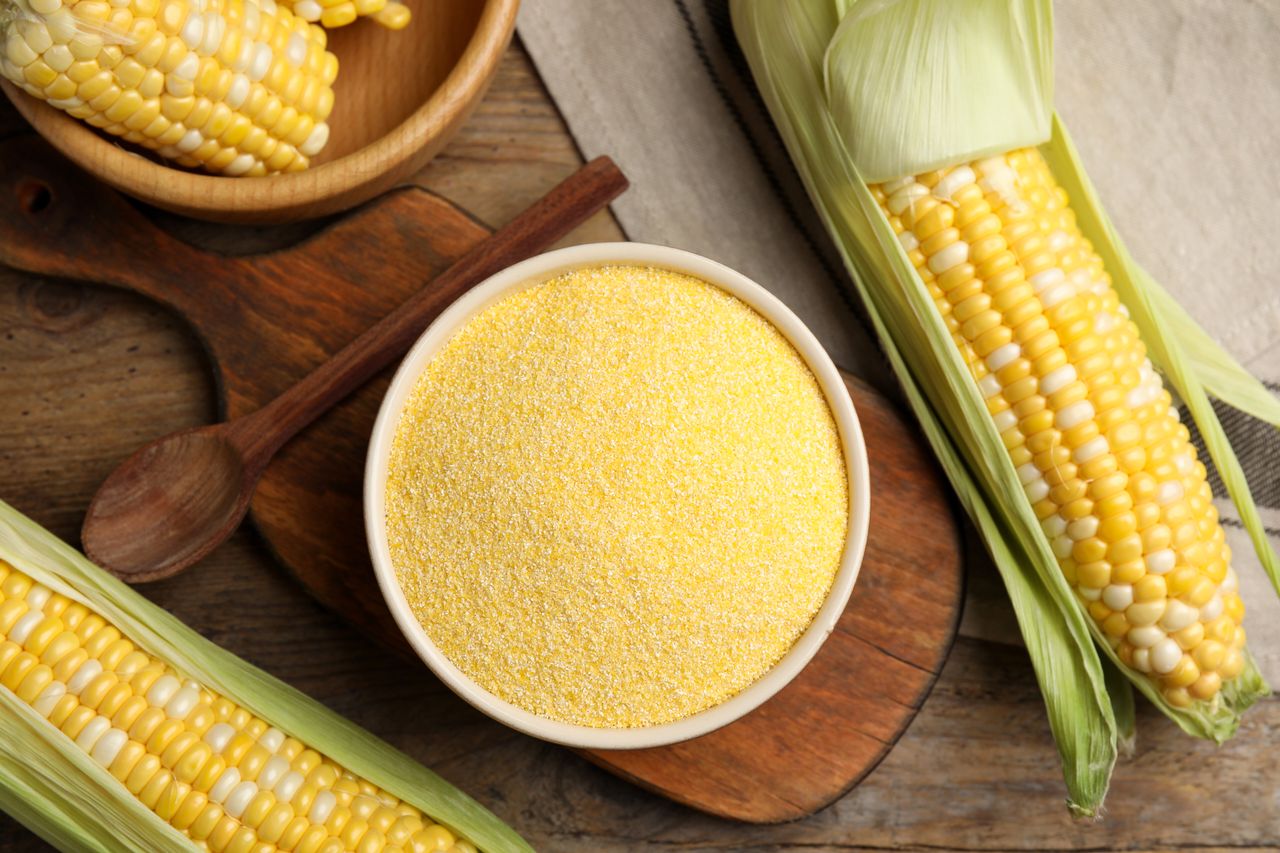
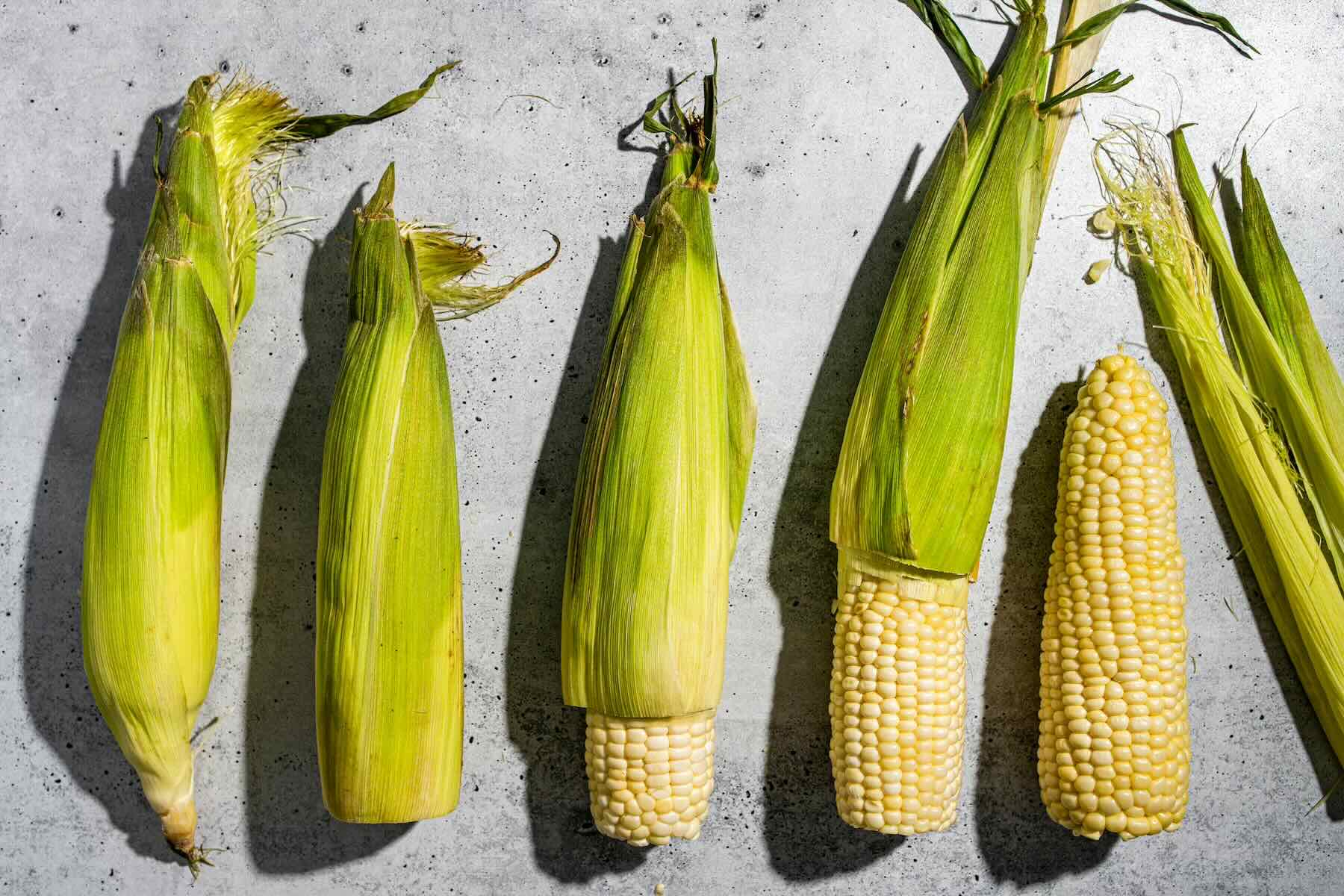
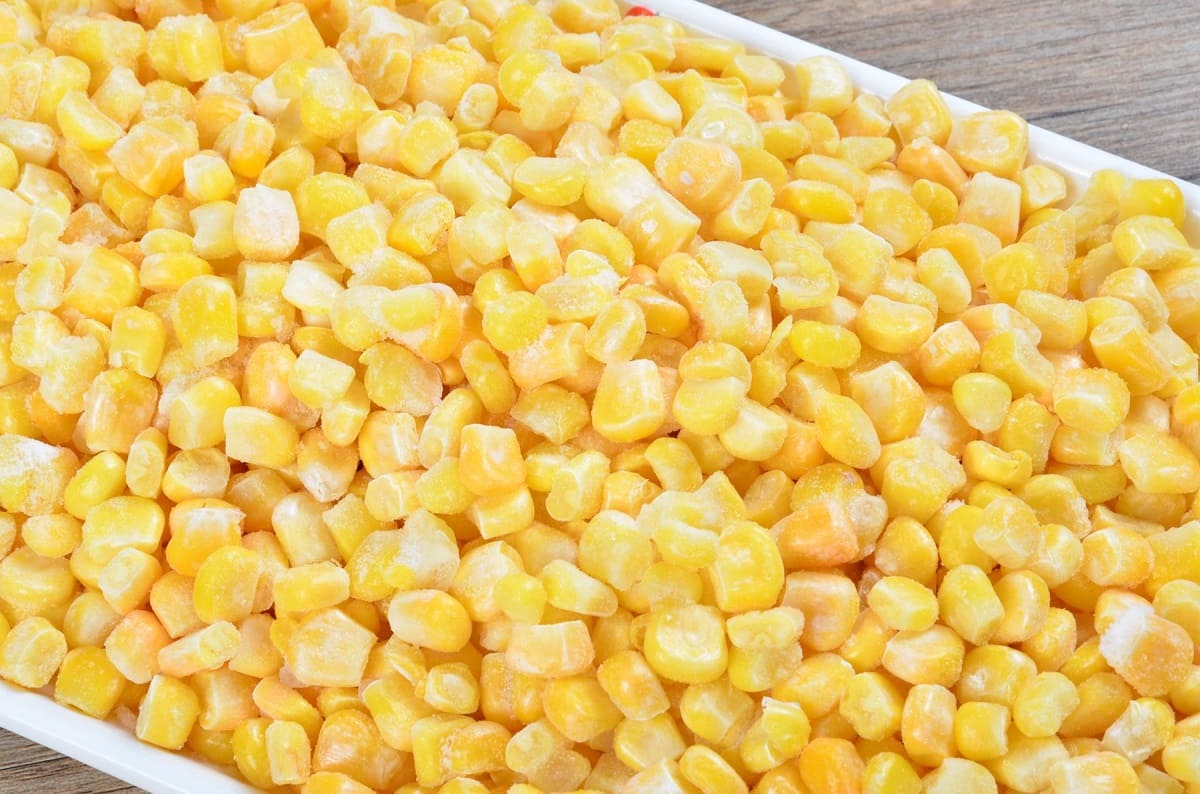

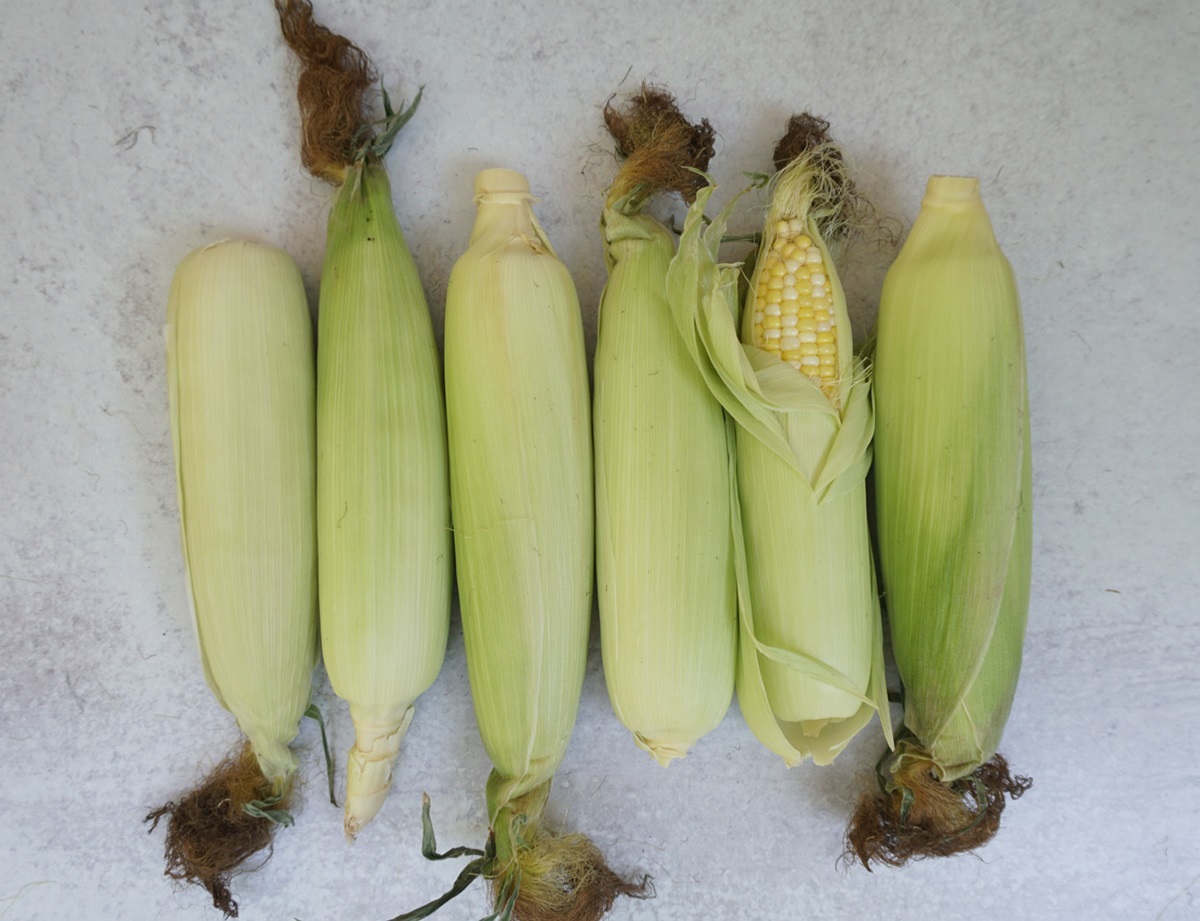
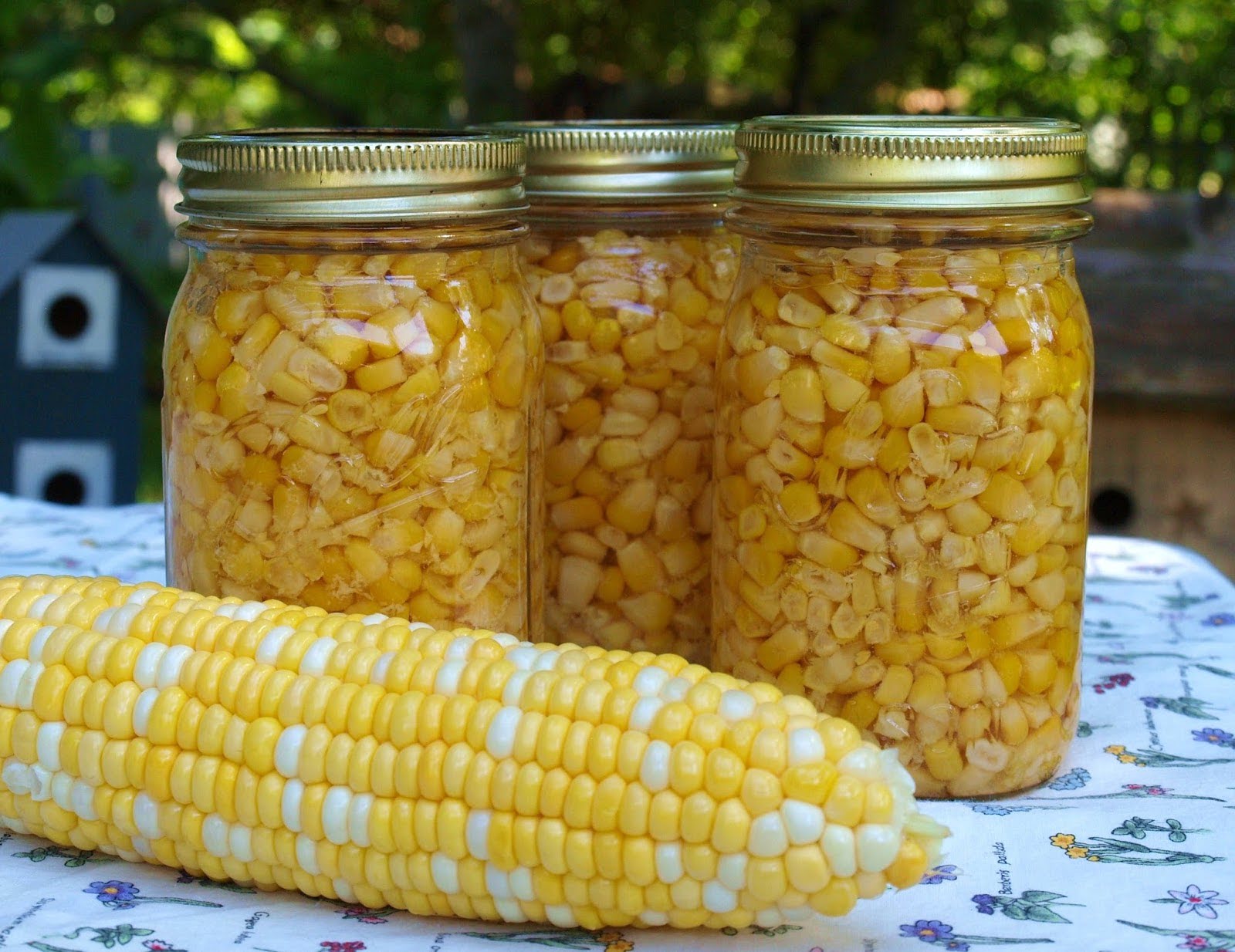
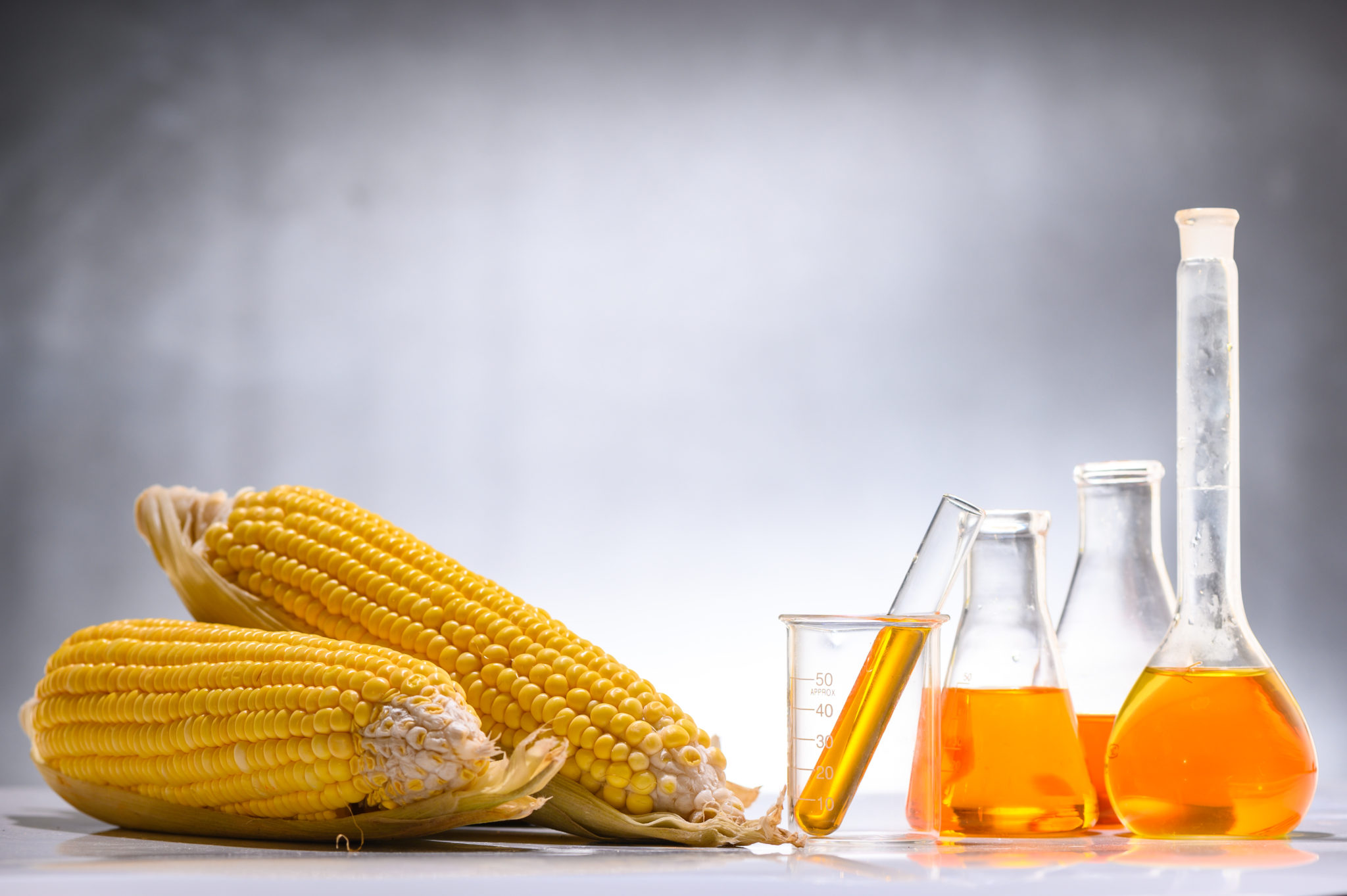
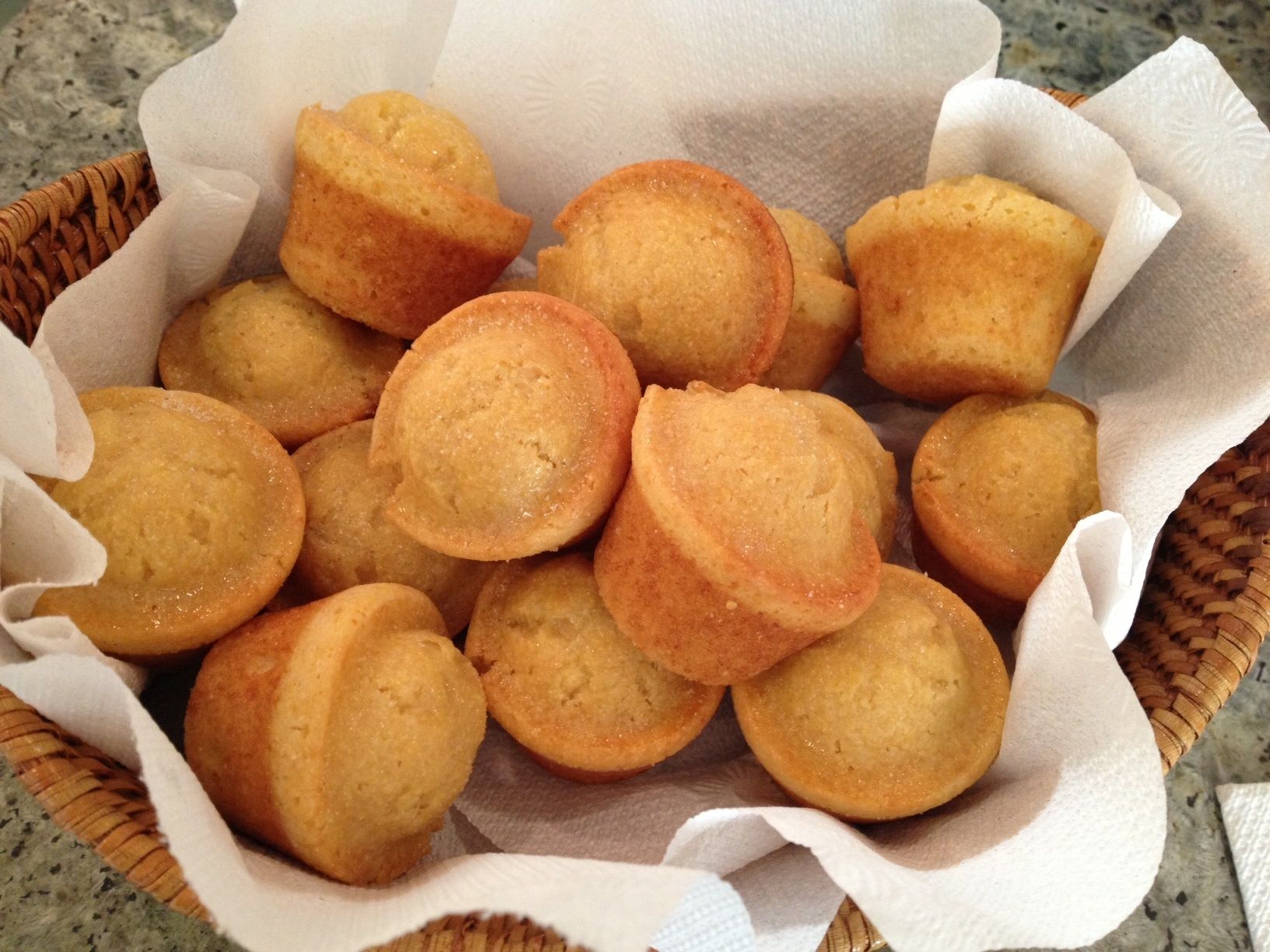
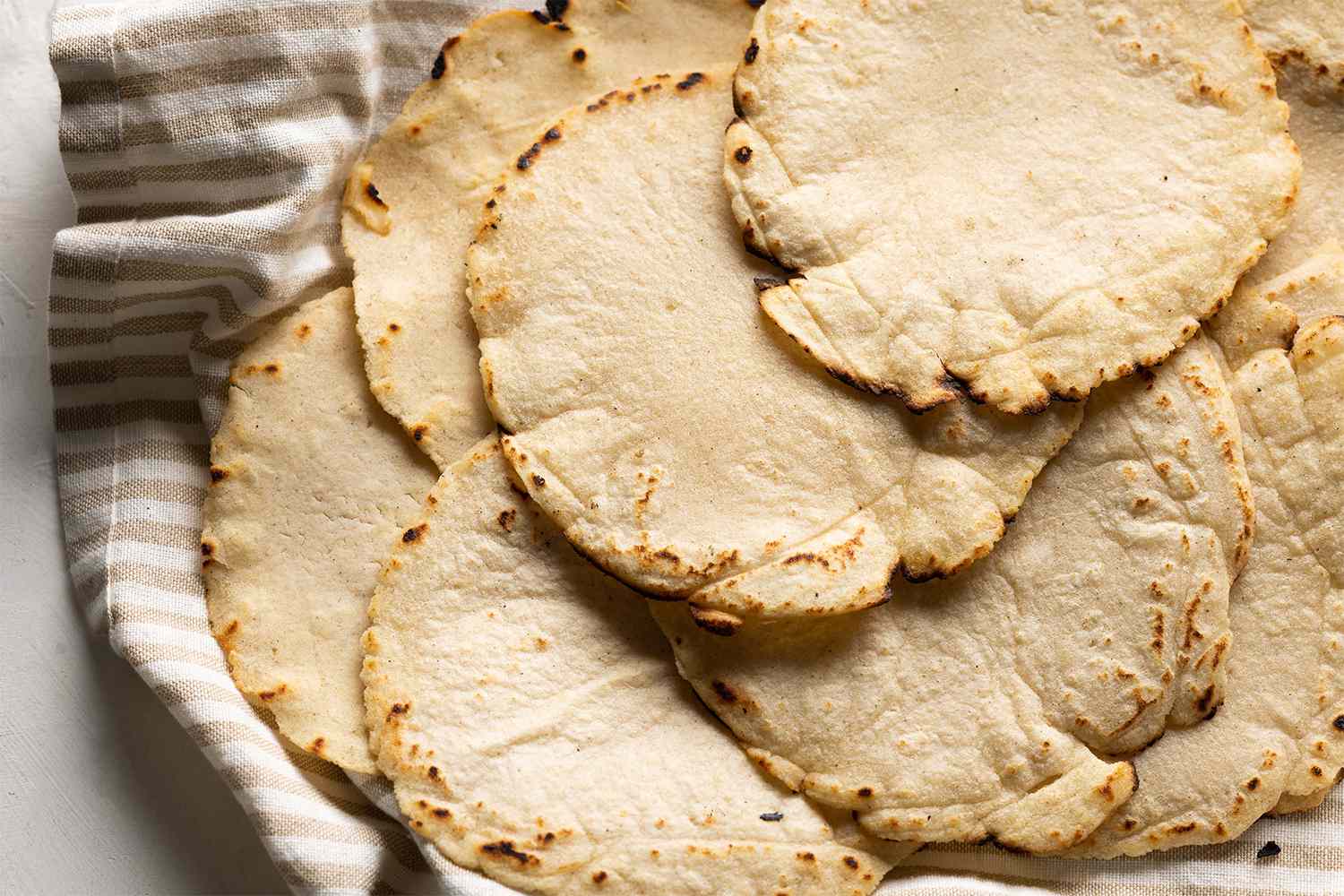
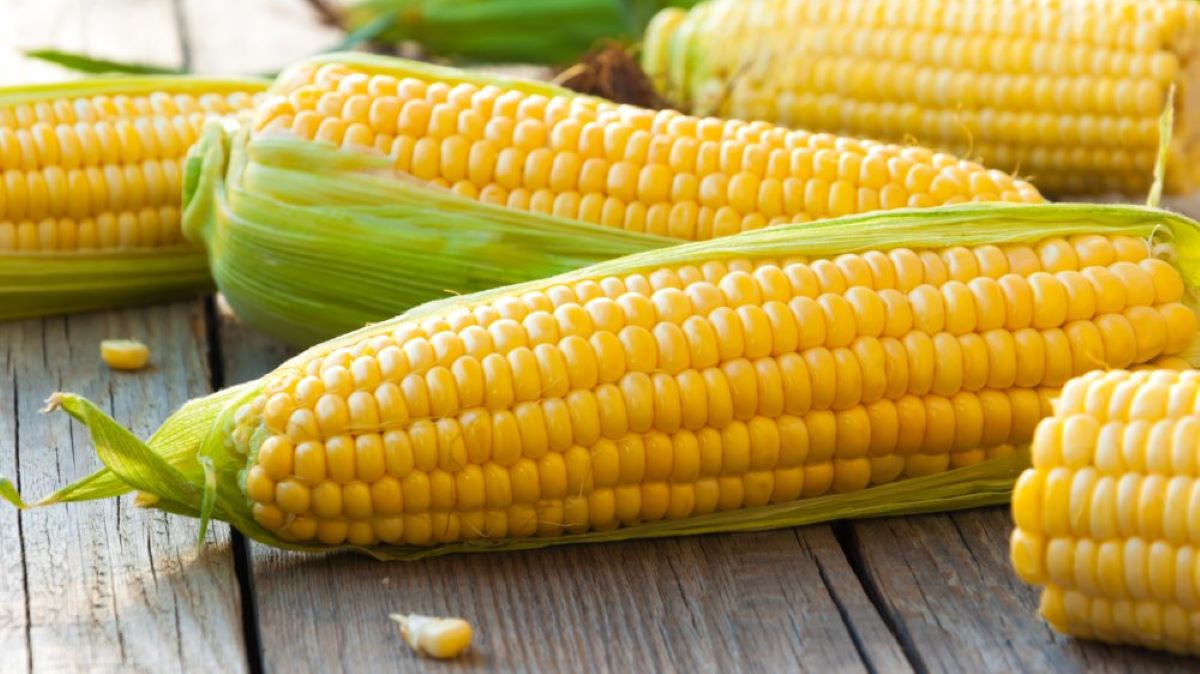
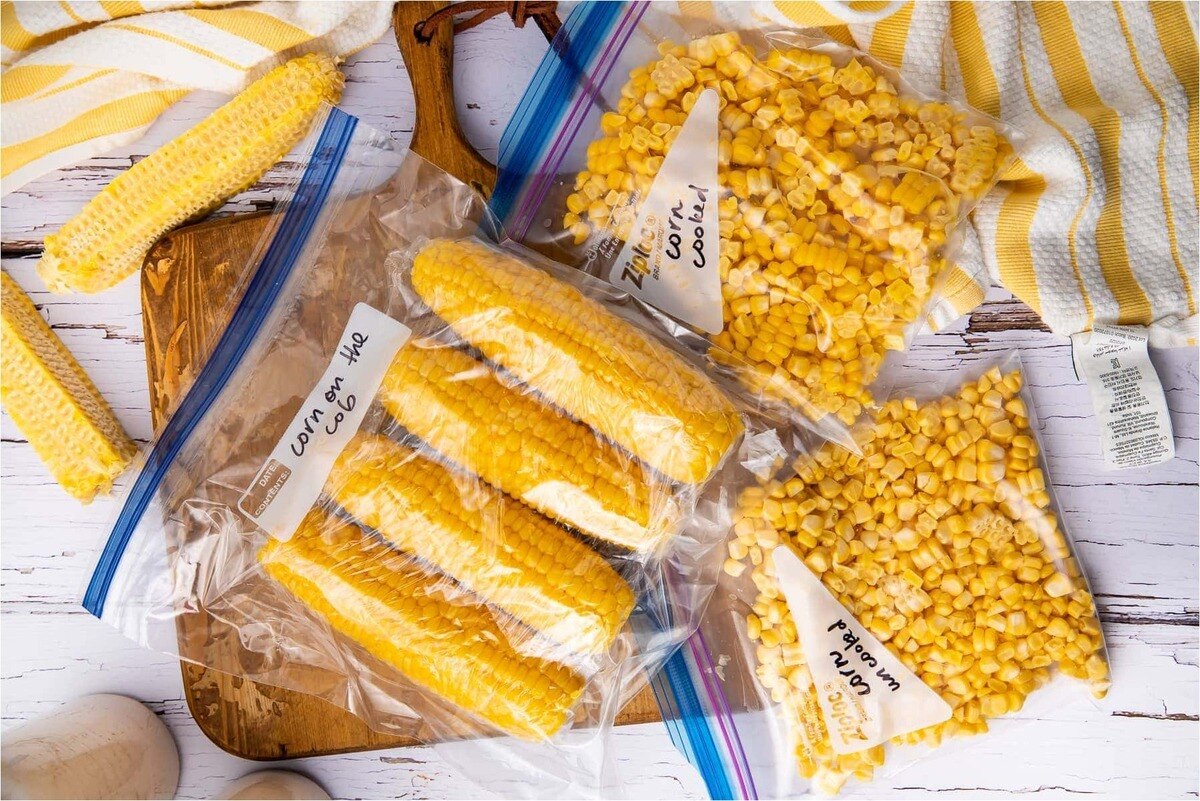
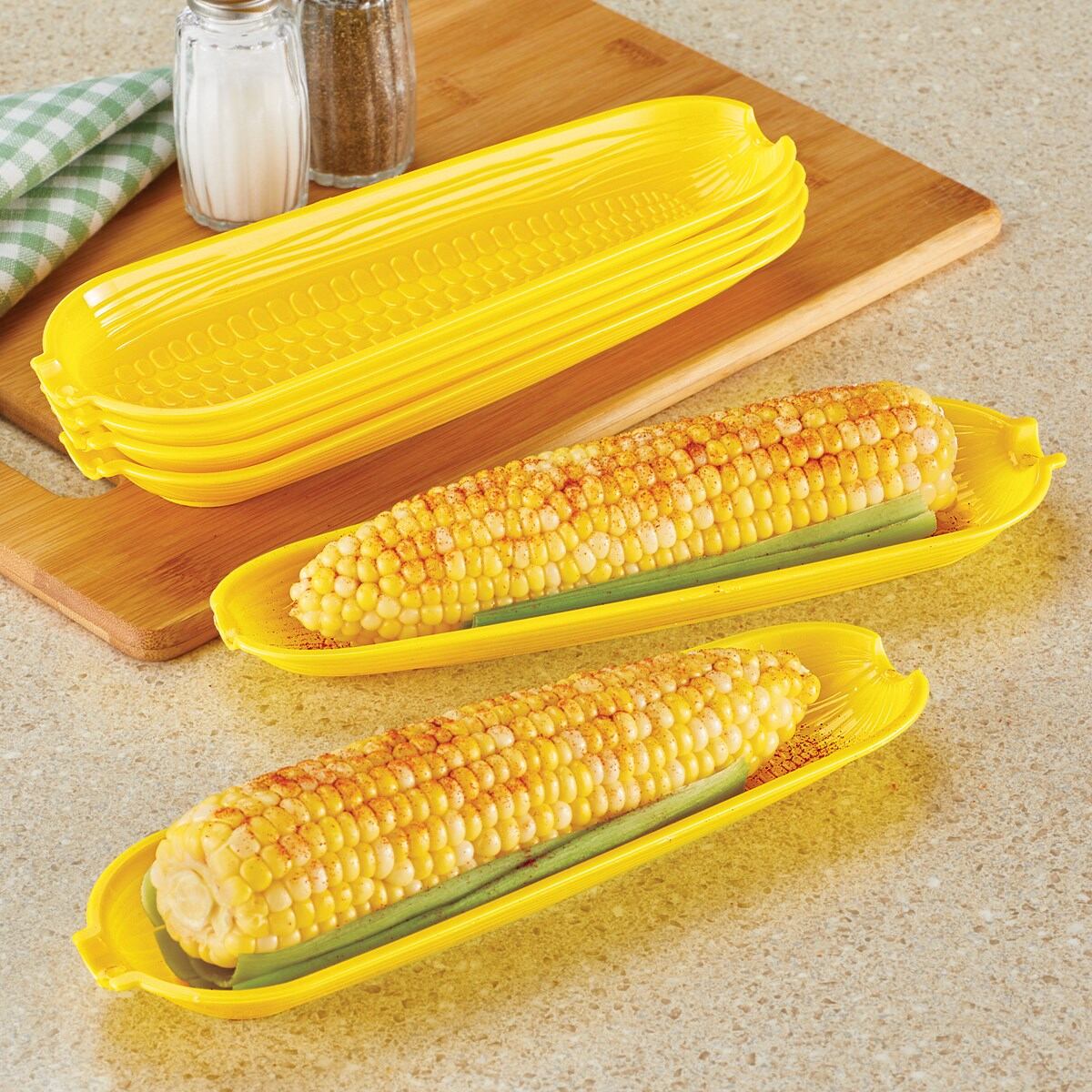

0 thoughts on “How To Store Unshucked Corn”